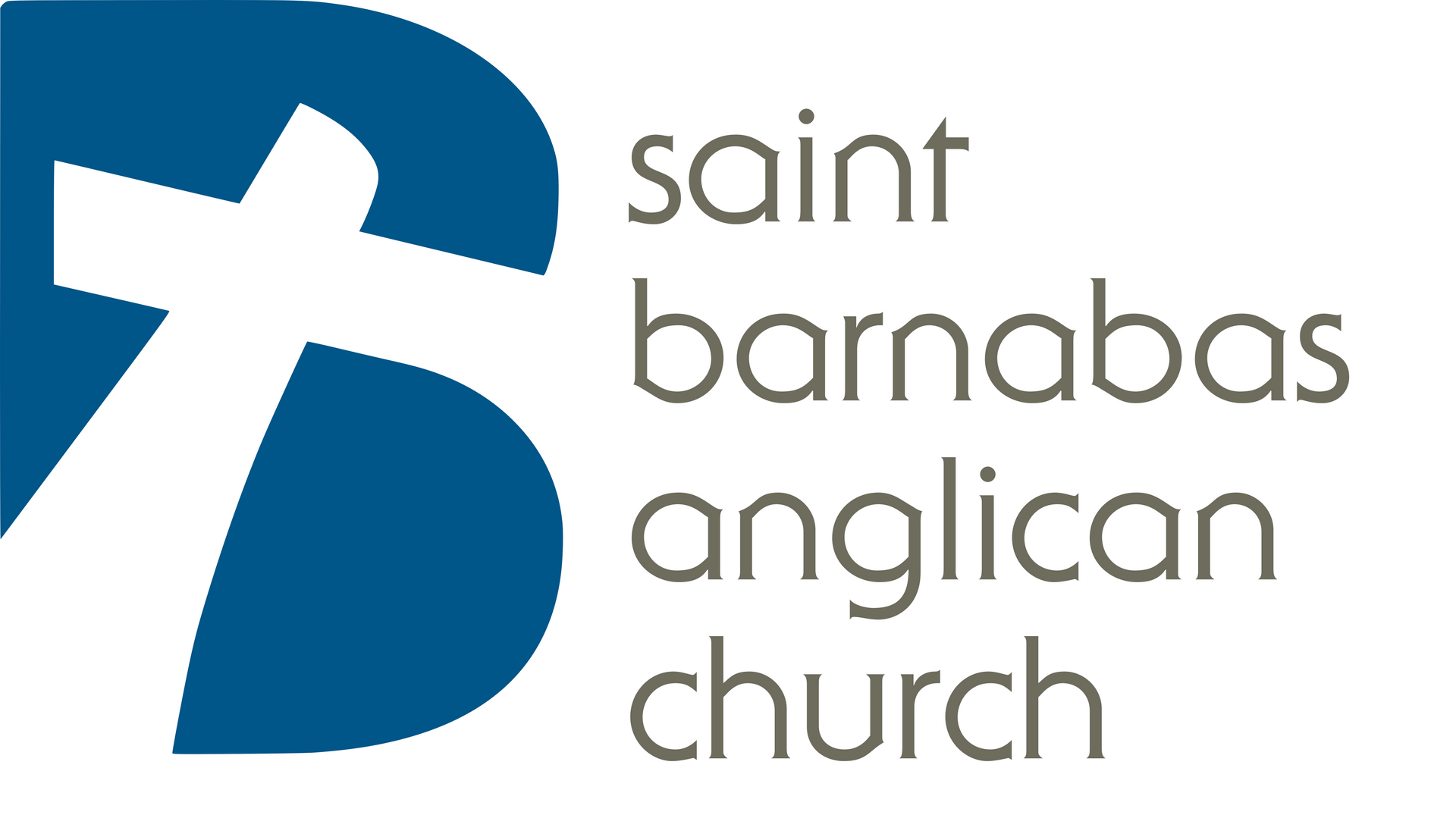Ash Wednesday
Ash Wednesday is less than a week away (February 14). Its arrival marks the beginning of Lent and a new season in the Church Year. On that day we pause and attend a rather unique service as we embark upon this season together. But, what exactly is the history and significance of the service? What is the purpose of ashes? And what is the scriptural basis for all of these things?
The earliest liturgical record of an Ash Wednesday service dates back to around 960 A.D., finding its roots in the Romano-Germanic pontifical (a collection of liturgical services dated to the 10th century and later widely distributed throughout the Ottoman Empire and Italy). Yet, the historical use of ashes is found much earlier within the Old Testament. Often when the Israelites turned back from their sins to God, they did so in sackcloth and ashes (see Isaiah 58:5; Jeremiah 6:26; Daniel 9:3; Jonah 3:6; and Jesus references to it in Matt 11:21 and Luke 10:13). The act was one of humility, in which an individual would turn away from the things of the world through fasting in order to recommit oneself to the Lord. Doing so also served to reminded them of their humanity. In spite of their pride and false sense of self sufficiency, they were confronted with the reality that they are created beings whose days are fleeting (Genesis 3:19; Psalm 39:5,11; 62:9; 78:33; 94:11; 144:4).
Therefore, as we begin Lent, we too, begin in like manner. As we will hear in the service that evening, we are invited, in the name of the Church, to the observance of a holy Lent: by self-examination and repentance; by prayer, fasting, and alms-giving; and by reading and meditating on God’s holy Word. We are called to draw back to our first love. Traditionally, the ashes used are the burned remains of the palms from the past year’s Palm Sunday. These are sprinkled with holy water, and sometimes incensed, as a series of four ancient prayers are prayed over them. The custom serves to remind us of our fickle nature. We, too, cry out to the Lord with our wants, but quickly turn away from Him when they are not met as we desire!
The pillars of Lent are housed in the exhortation that evening to assist us in reorienting our hearts and lives over the following forty days. Interestingly, we find a model for them in the practice of fasting from meat on Wednesdays and Fridays in Lent. Historically, those of means would only eat the first course of a three-course meal, usually a fish dish, as part of their Lenten fast. The money saved in the more meager portions lead to almsgiving. These saved resources would be returned to the Lord to tend to the less fortunate and for the advancement of the Gospel. Finally, the reduced meal preparations and time spend eating allowed for more time with the Lord in prayer, Scripture, and worship.
While customs change, the principles do not. Begin searching your heart for what you may fast from this season. Focus upon something that you ‘hunger’ for regularly and whose presence will be missed. When forgone it should serve as a reminder to you and create space in the midst of your day. It could be times on social media, alcohol, shopping, or a TV series. The times opens moments for prayer and time in God’s Word. Likewise, the financial savings may allow you to sow into the advancement of God’s Kingdom. May we all keep a Holy Lent, as we begin to think and prepare toward that end in order to draw nearer to Jesus over the next forty days.
(Photo by Ahna Ziegler on Unsplash)
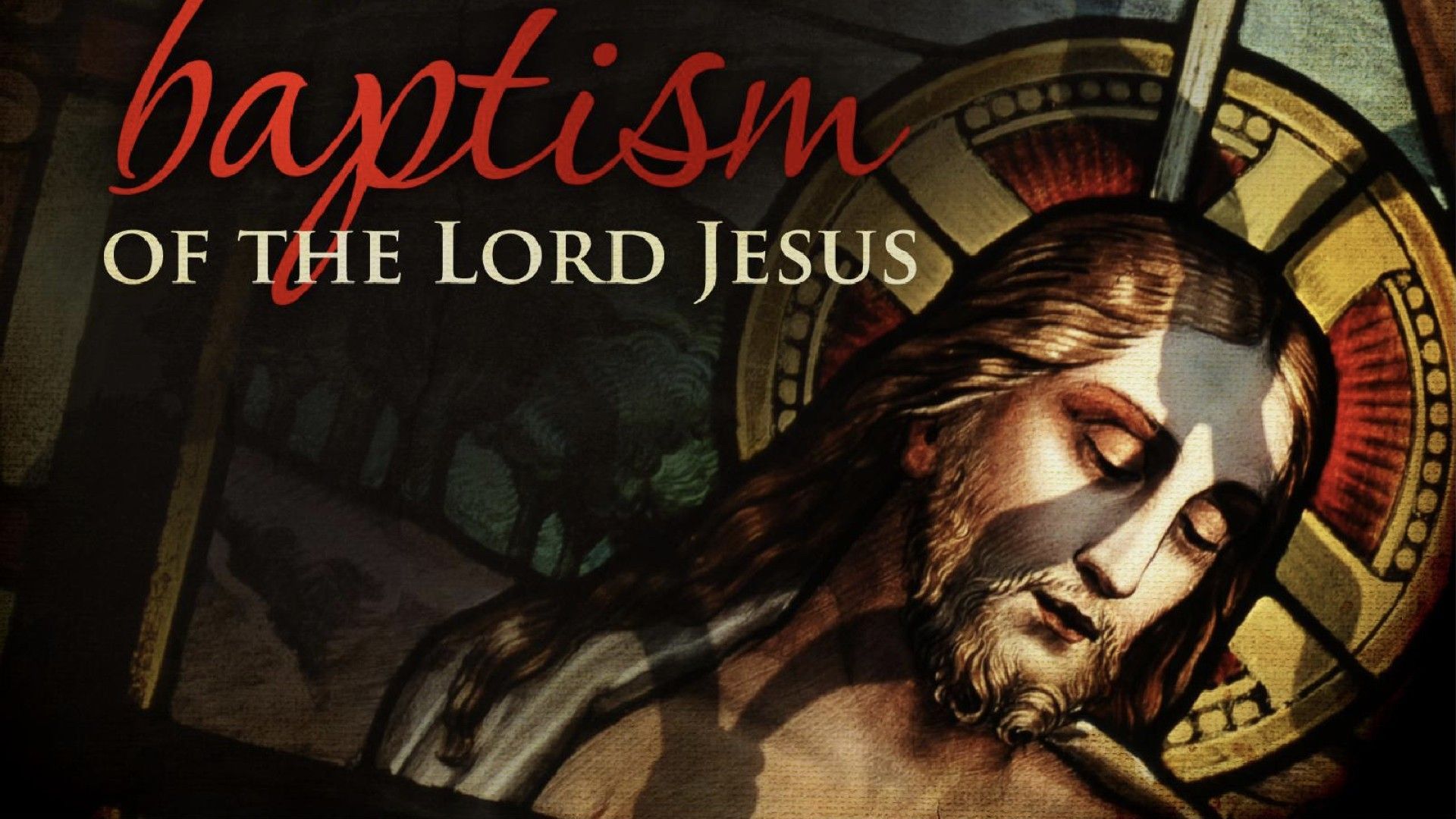
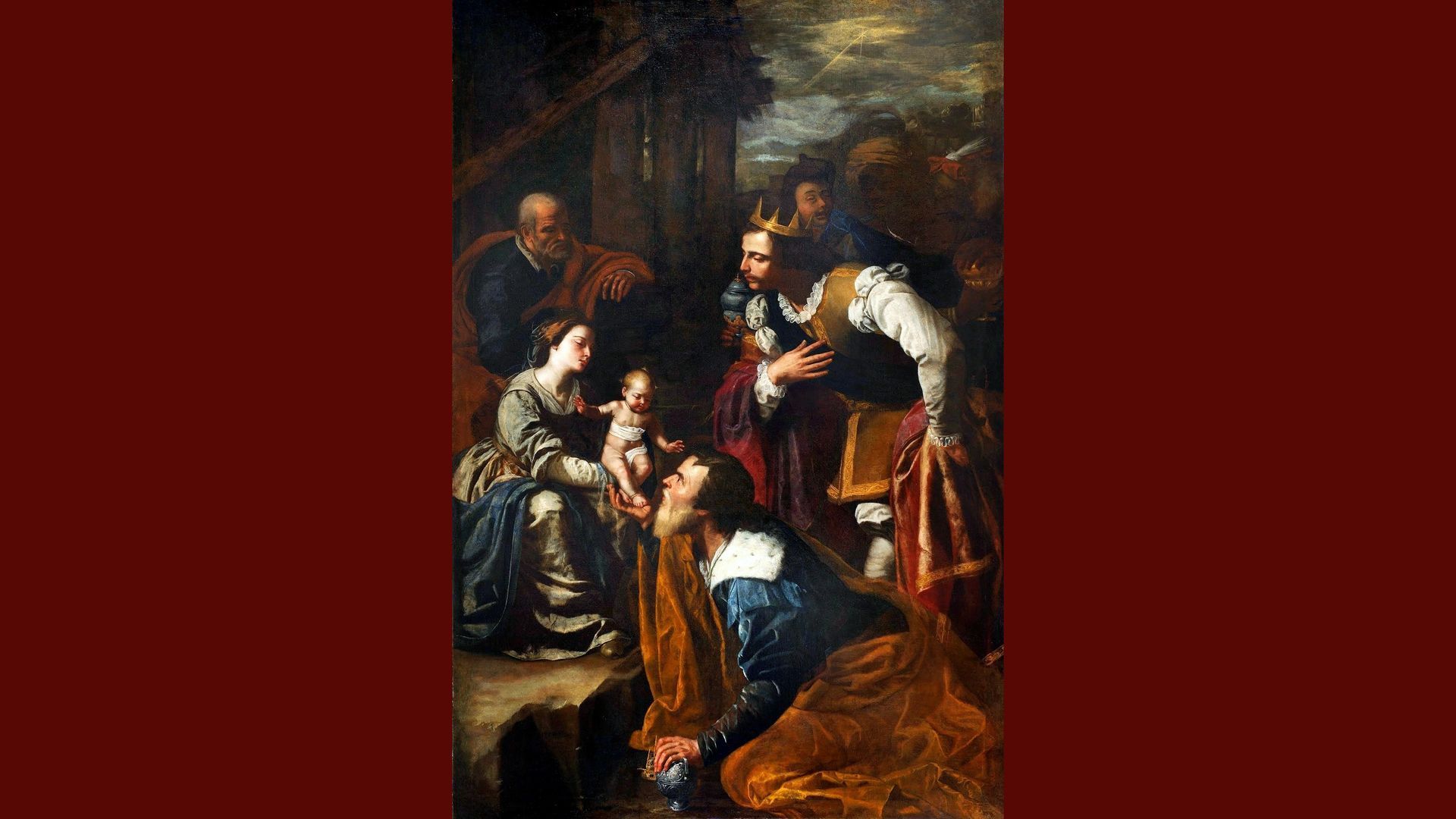


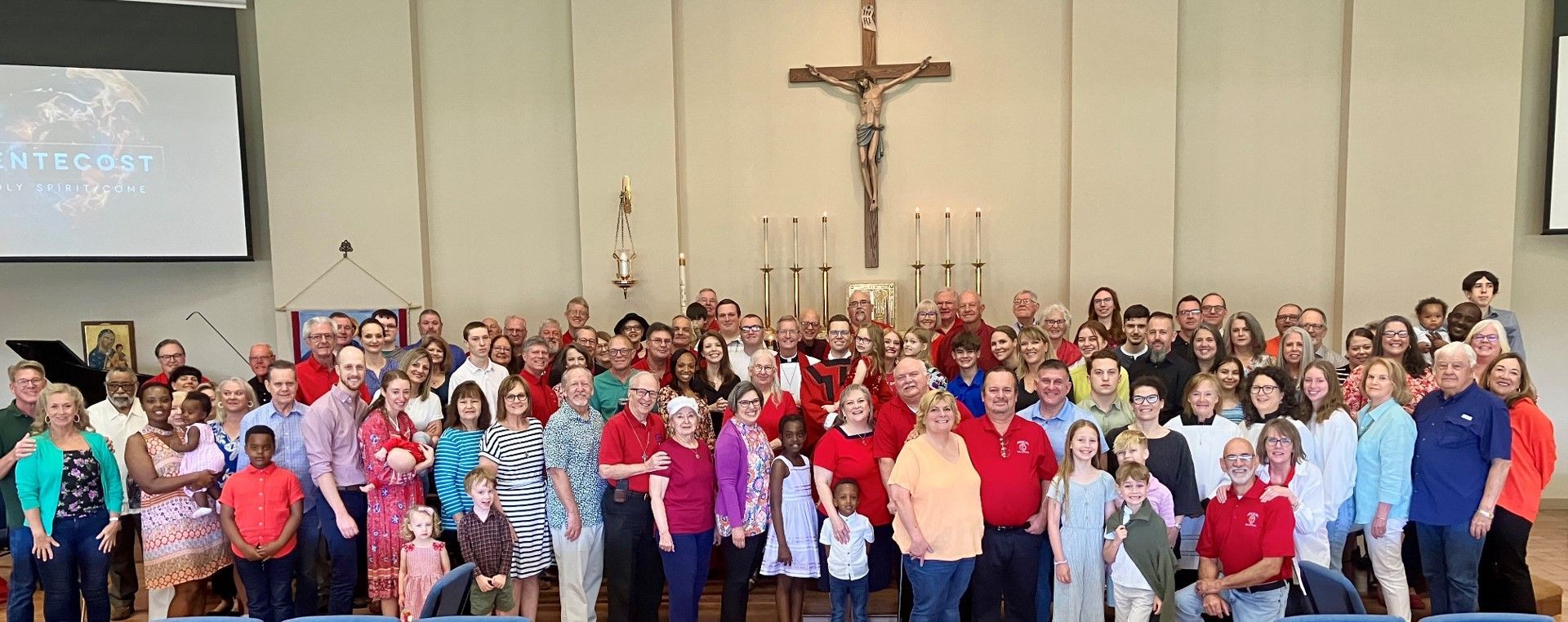


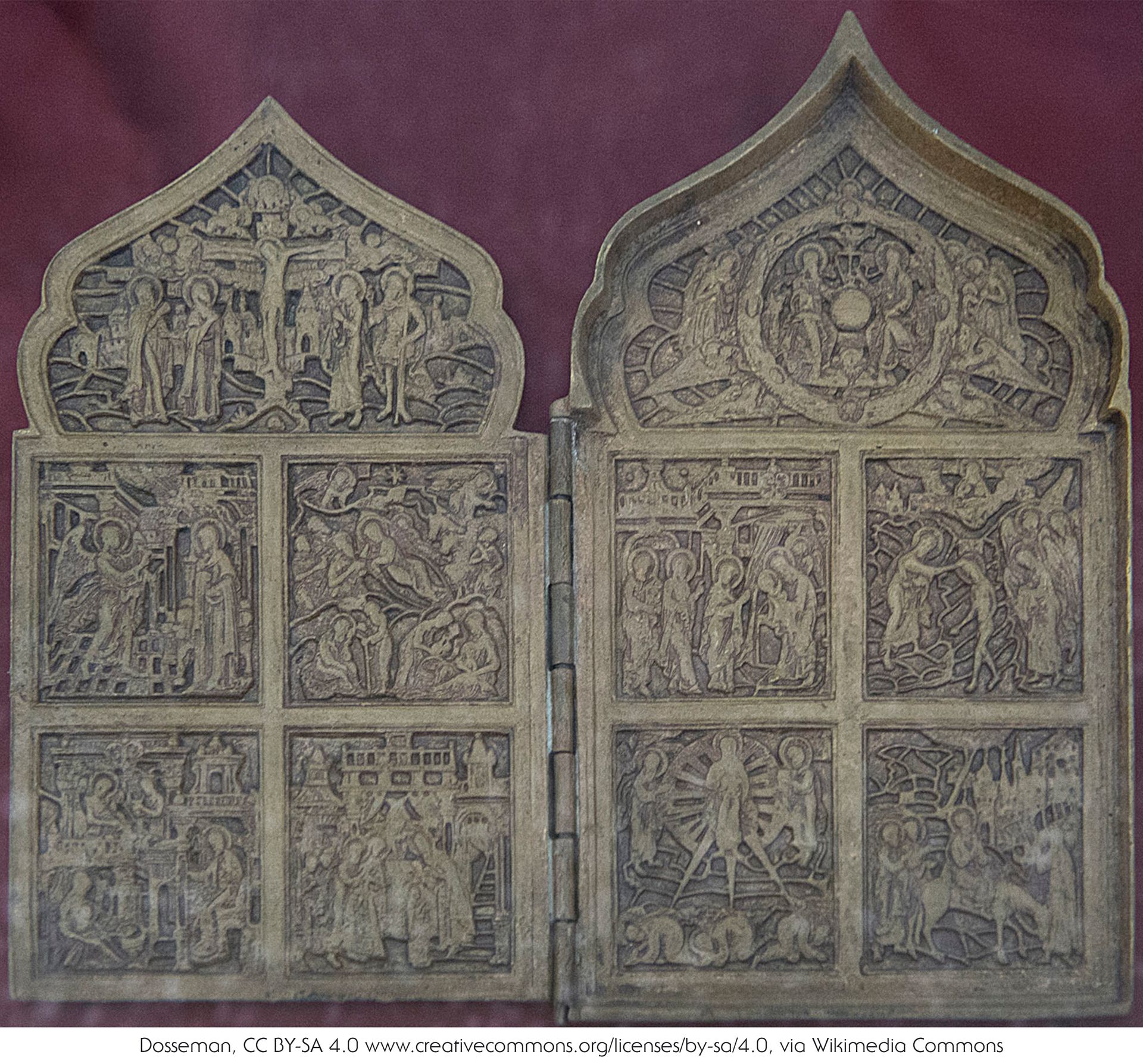

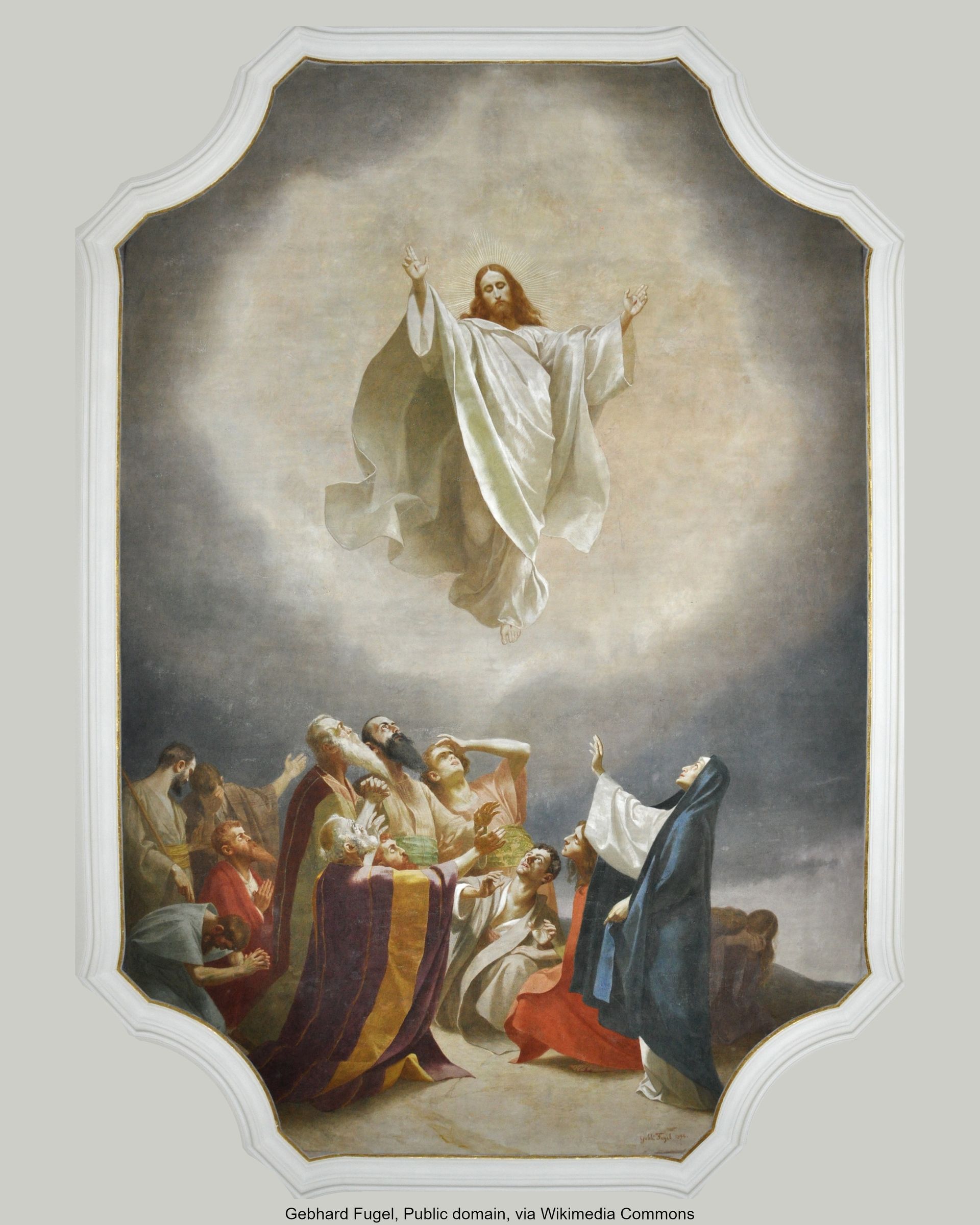
BROWSE OUR SITE
© Saint Barnabas Anglican Church Fort Worth


